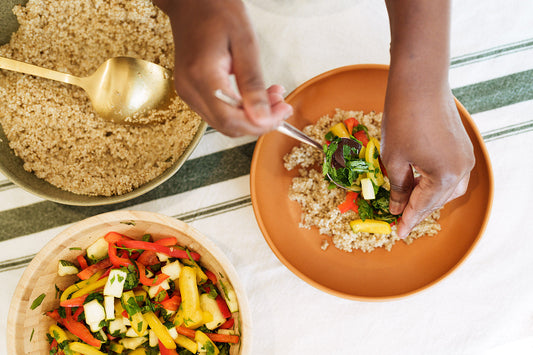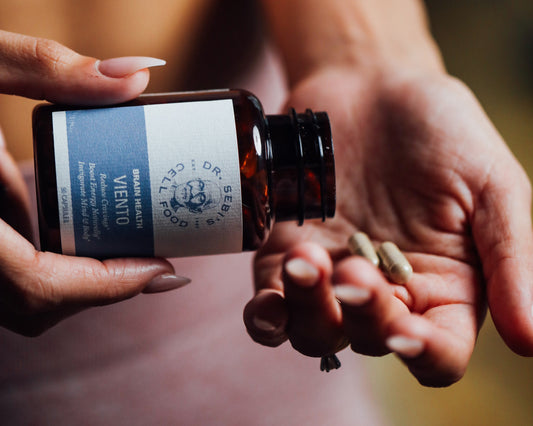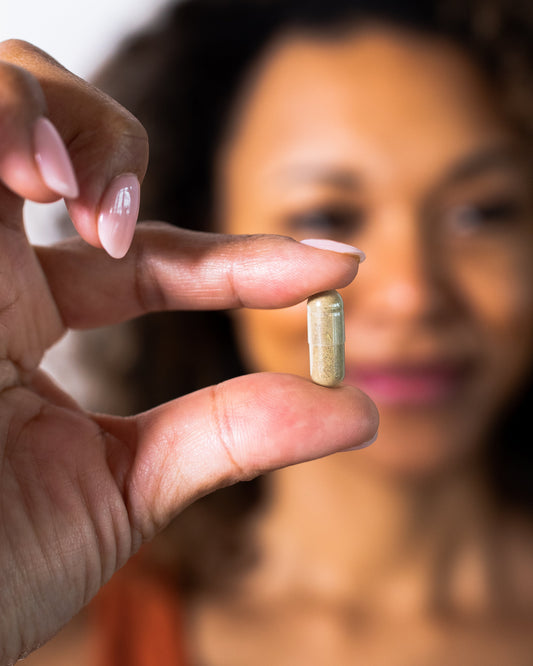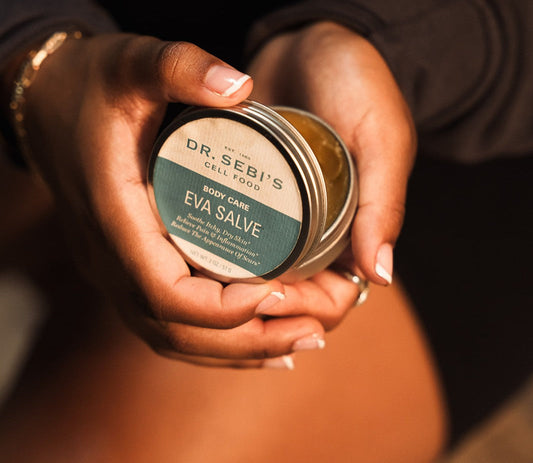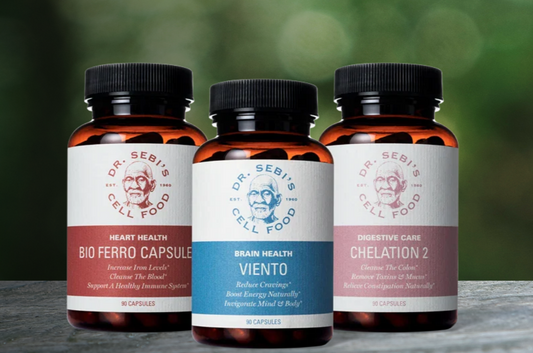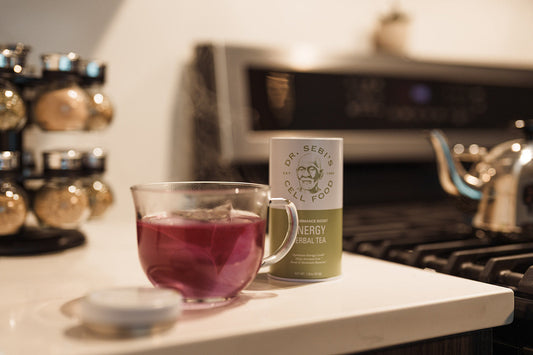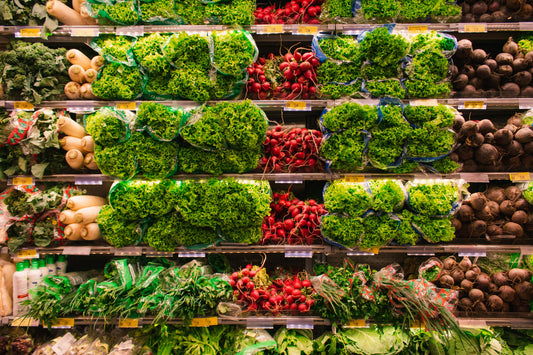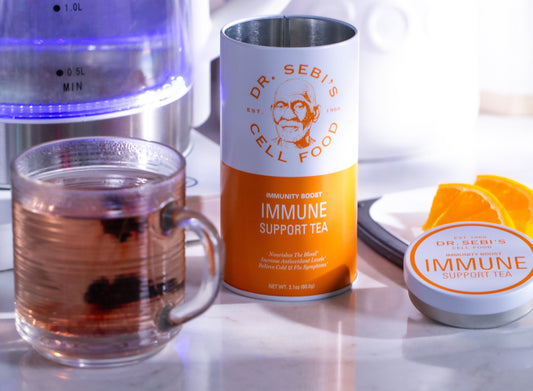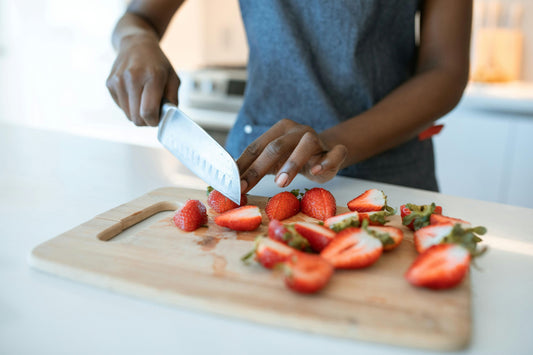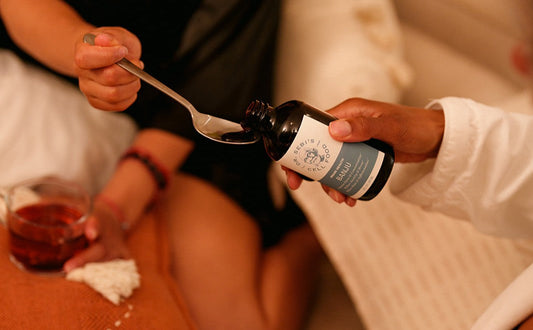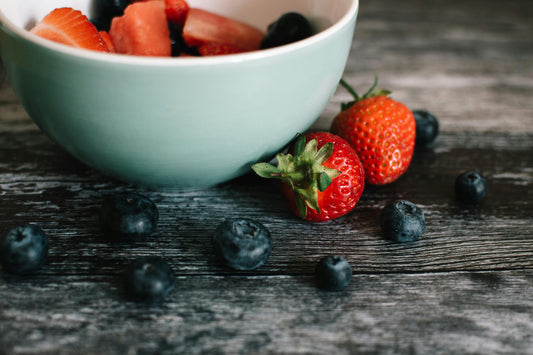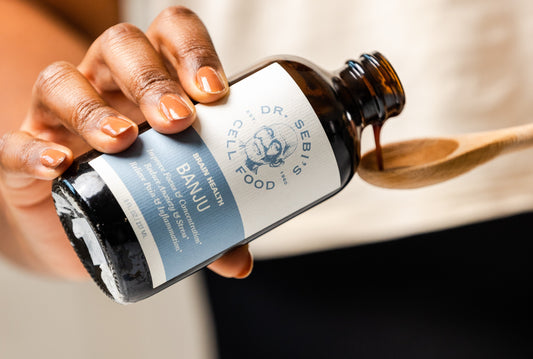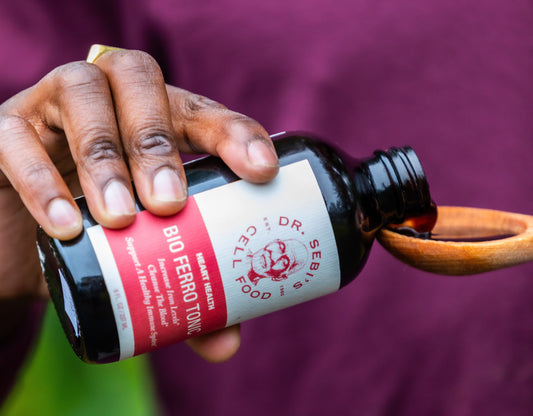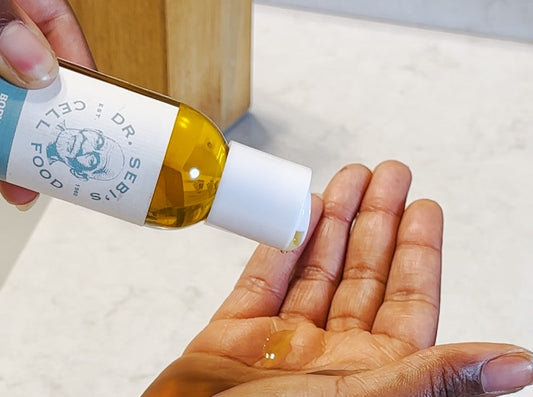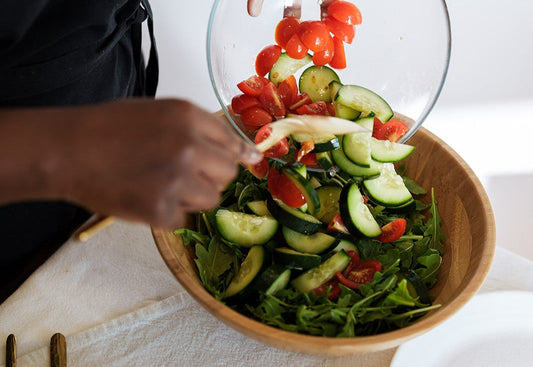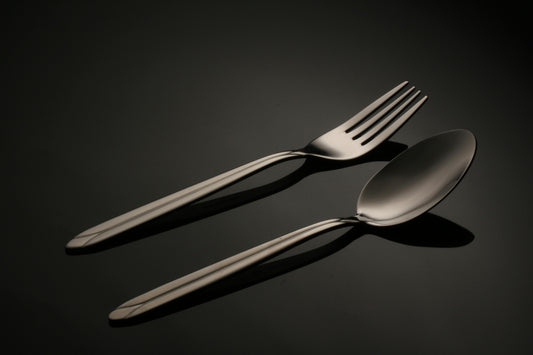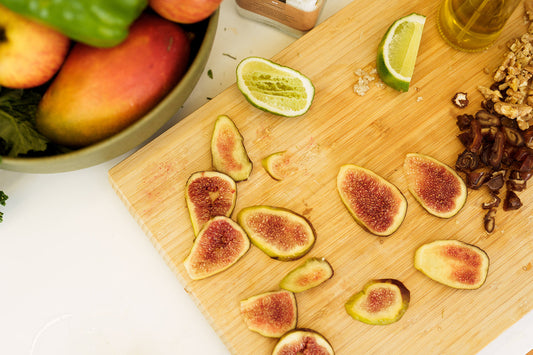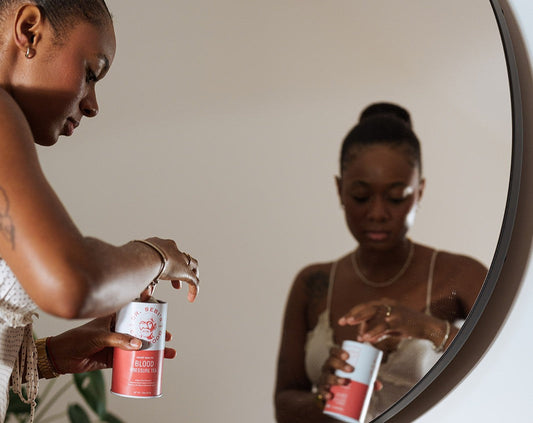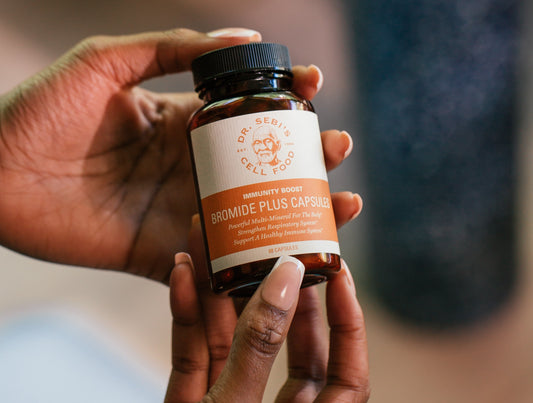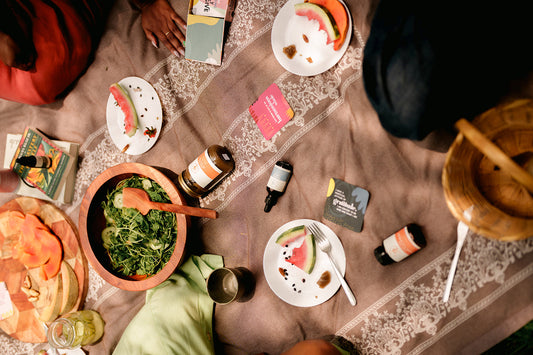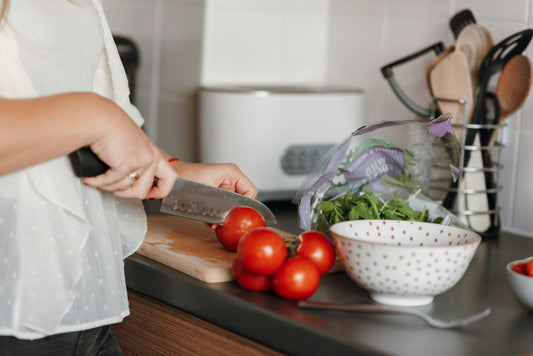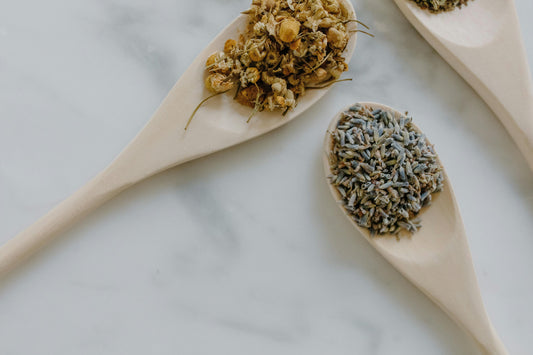Obesity and malnutrition are the biggest threats to the health of our kids. We have a responsibility to save future generations from lifestyle diseases accounting for 70% of adult deaths. Even if you don't have any children, this is valuable, easy-to-apply advice that everybody can take to make their lifestyle healthier and prevent disease.
Education and Experience
Before age 7, a child's mind operates with a more receptive brain frequency; accepting new information without critical questioning. Unfortunately, this means they can't discern between advertisements and other media, so they will readily absorb marketing material.
Sheltering children from marketing messages should be coupled with sharing positive information about the benefits of a healthy diet. Talk to them about vegetables and fruits, explaining how they help the body function. Older children can even be encouraged to research with you.
Testing out Tastes
Children are more averse to bitter flavors (like dark green vegetables) as an evolutionary protective function to prevent poisoning. As adults, we gradually educate our tastes to appreciate bitter foods for nutritional benefit. It takes at least four repetitions for the sense of taste to align with the nutritional benefit offered.
Disguise bitter flavors with sweeter ones, like dipping okra into mango puree. Keep it light and enjoyable, or hide intense flavors completely, in a smoothie, for example. Encourage children to try tiny amounts of new food, with as little stress as possible. For example, the flavor of burro bananas and soft-jelly coconut milk disguise the greens in this smoothie, and you can even add Bromide Plus Powder to make it extra nutritious.
Under duress or anxiety will make children'fight' the experience or create negative associations. Instead, make it a relaxed experience, or a game to try new foods outside of regular meal times, or during playtime. These "Owl" Blueberry Pancakes are fun and provide your kids with minerals, antioxidants, and sustainable energy for an energetic morning.
Snacks and Treats
Making healthy food appealing requires creativity, arranging fruit into a face or animal turns something dull into a fun treat. Playing with food removes fear and helps the child connect with their senses. Involving children in the planning and creation of food also grasps their interest early on, helping create accountability as they grow. We believe your kids will enjoy these Raspberry "Energy Balls" as a fun, playful snack, that also provides them with energy and nutrition.
Healthy snacking is important for maintaining energy levels and meeting children's nutritional needs. Avoid snacks before meals; space them out throughout the day. Consider creating a menu of snacks that you have worked on together, so they are given choice and change to input. These snack ideas will surely satisfy the whole family!
Make Movement Fun
Modern life might be sedentary; we attach ourselves to devices consuming passive entertainment. Children will naturally copy adults, so it's critical we set a good example, get up and make movement fun!
Finding ways to be silly, playful, and move in unique or unusual ways is an incredibly powerful way to build in exercise to a child's routine. Making an obstacle course in the lounge or garden - that you jump, hop and skip around together – creates positive memories and gets everybody off the couch.
Powerful Progress
Small steps add up; finding one new food to try in a week and making time for movement is enough to create positive change. Involving the whole family ensures everybody is benefitting from the same pro-active experiences.
To ensure you have the focus and concentration to keep up with children wanting to run and play all day, consider Dr. Sebi's Banju. Formulated to reinvigorate energy, enthusiasm, and zest for life this potent tonic will refresh your entire body and mind, leaving you feeling youthful, energized, and ready for more fun. For children 2 and under, the recommended dosage of Banju is half of a tablespoon. For ages 2 to 12, one tablespoon, and the full dosage for teens after 13.
For the Future
Dr. Sebi knew he was fortunate: "Mama Hay gave her grandson certain ethical and moral standards because she knew that one day I would have to face the world." Now is the perfect time for us to share the nutritional wisdom and tasty experiences; our children and grandchildren need to thrive in the world today.



